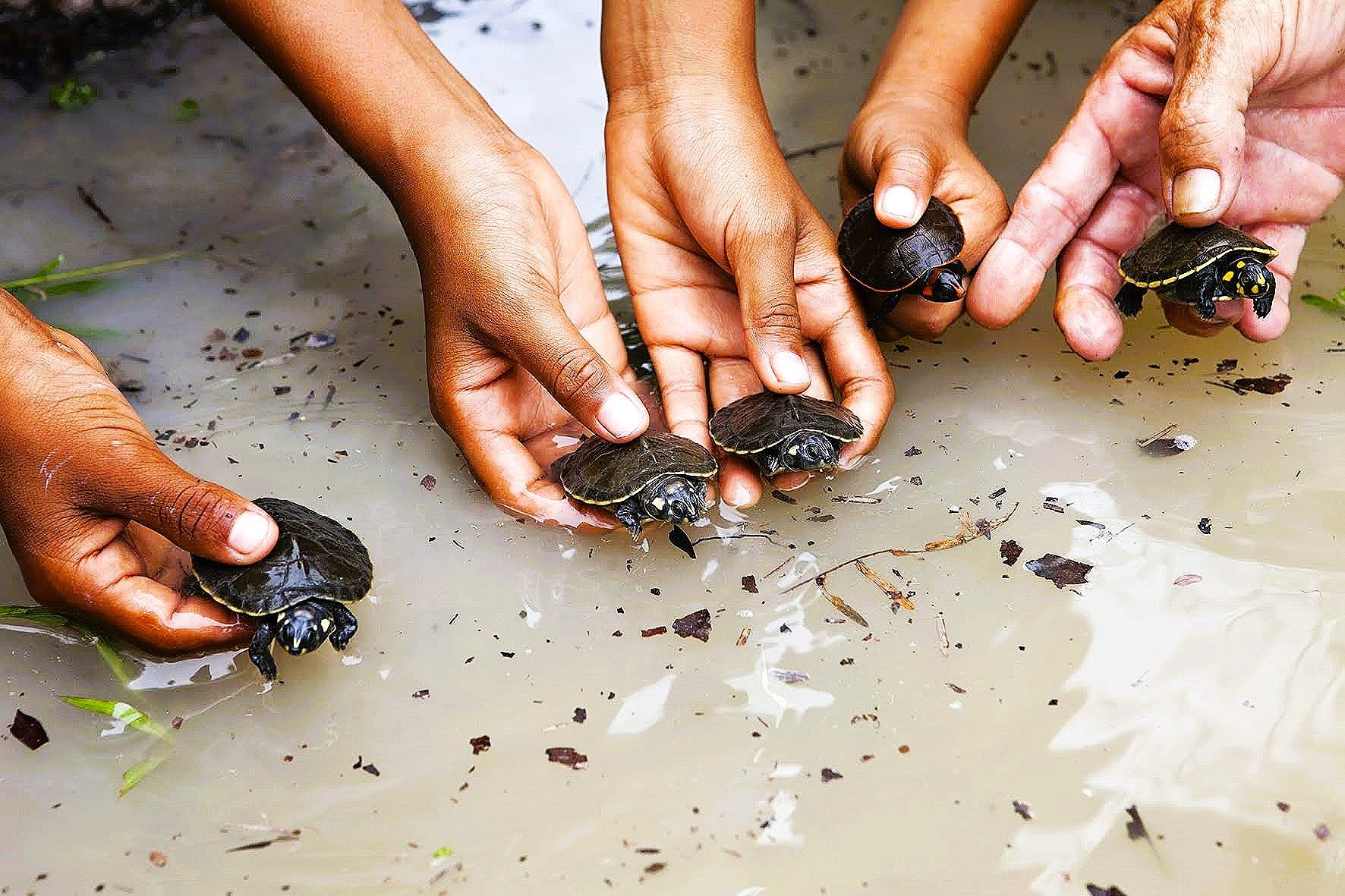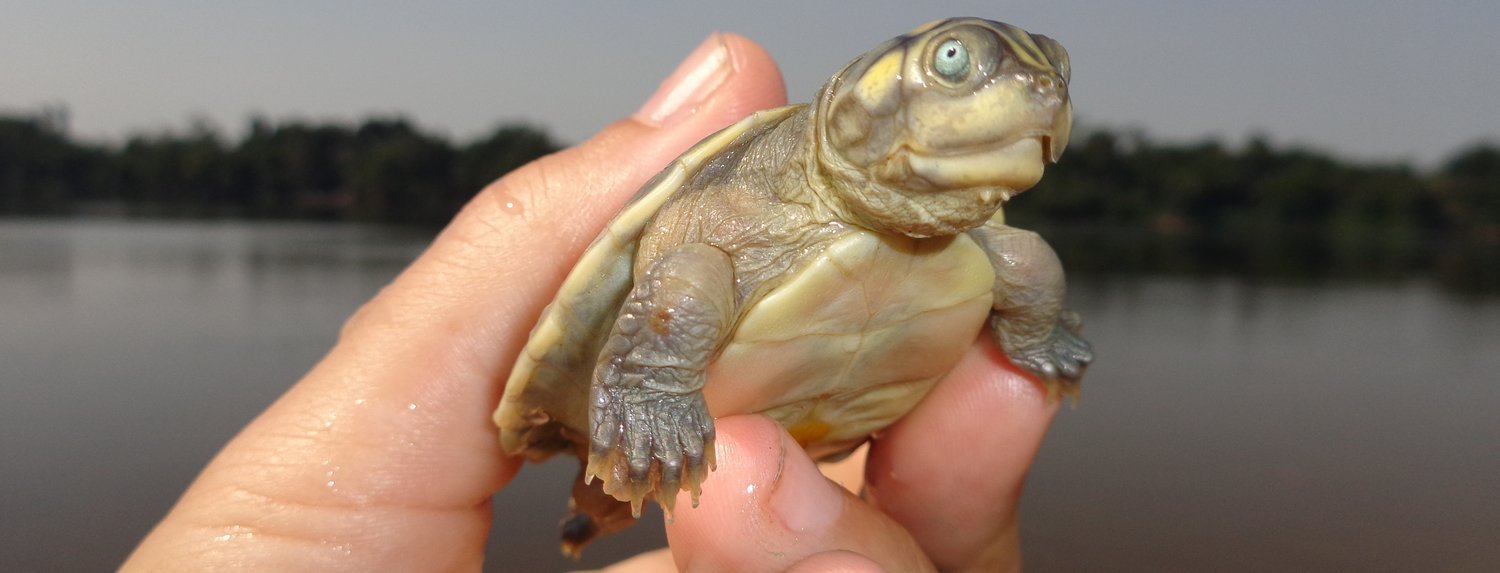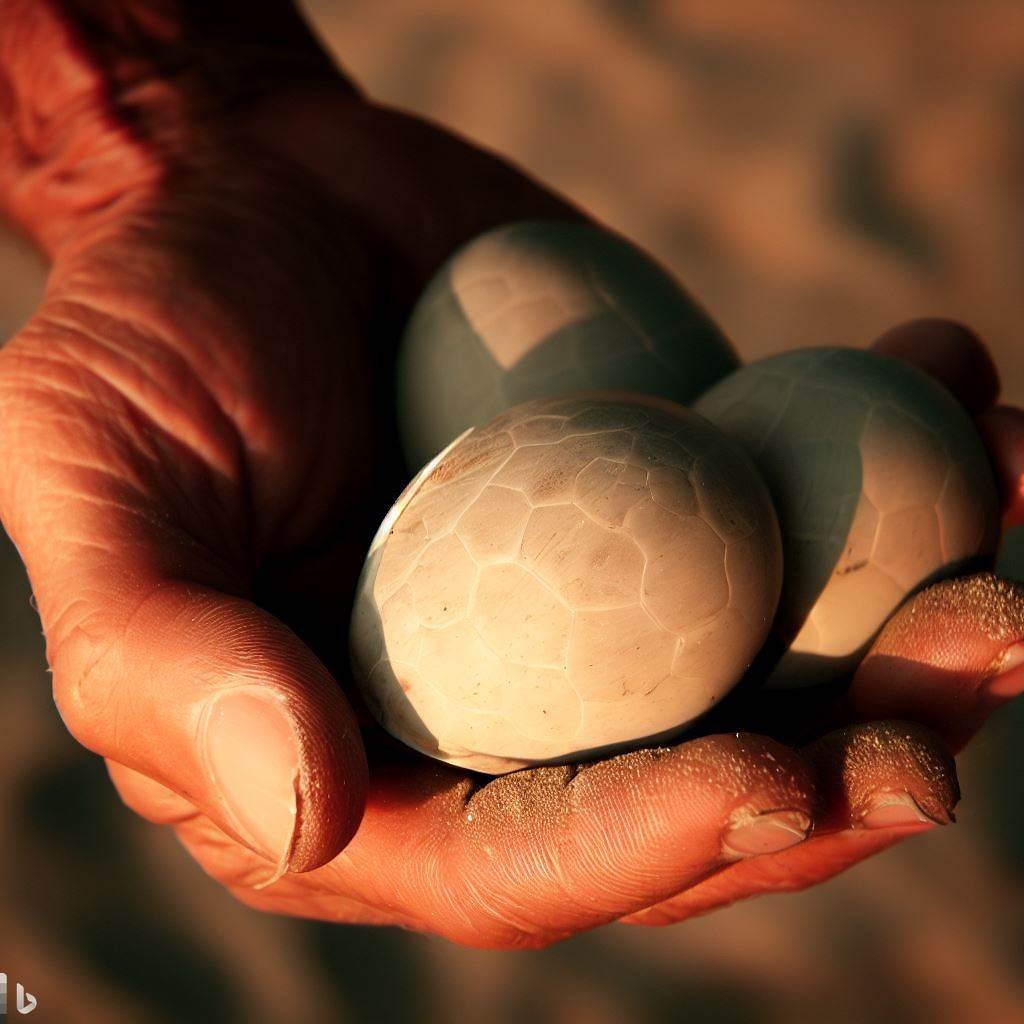Turtle Protection Project

Turtle Protection Project
Turtles are the most threatened vertebrates in South America. The decline is mostly due to the loss and fragmentation of their habitats and overexploitation for consumption, medical purposes, and the international pet market.
The river turtles of the Amazon are aquatic - living in water - while nesting and laying eggs on land. They are herbivores, carnivores, and scavengers, decomposing nutrients and dispersing seeds. Turtles play an important role in the environment where they live, breaking down the energy of plant materials and converting them into significant biomass for the ecosystem. By consuming dead plants, insects, and fish, they act as the cleaners of the river.
Associação dos Artesãos e Extrativistas do Rio Jauaperi (AARJ) is an association based in Novo Airão, Amazonas in northern Brazil. Created to protect turtle breeding grounds on the beaches of the Rio Negro, the goal of the AARJ Turtle Protection Project is to offer alternatives to predatory activities, generate sustainable income, and actively oppose environmental impoverishment.
Associação dos Artesãos e Extrativistas do Rio Jauaperi (AARJ) is an association based in Novo Airão, Amazonas in northern Brazil. Created to protect turtle breeding grounds on the beaches of the Rio Negro, the goal of the AARJ Turtle Protection Project is to offer alternatives to predatory activities, generate sustainable income, and actively oppose environmental impoverishment.
The Issue
Turtles and their eggs have been used for food and oil consumption by indigenous forest communities and during Portuguese colonization in the nineteenth century.
The Solution
The Turtle Protection Project started in 2003, on one beach on the lower Rio Negro and is now the largest project of its kind in the region. With a commitment to inclusion and information, AARJ coordinated the long and exhausting task of collaborating with eight communities to have the lower Rio Negro in the Brazilian
state of Amazonas, and the Rio Jauaperi’s confluence in the Roraima area declared a federally protected area, called the Reserve Extravista Baiso Rio Branco Rio Juaperi.
The Plan
To avoid local extinction of the five threatened species in the region, the goal of the Turtle Protection Project is to guarantee safe nesting grounds and traditional food resources for current and future turtle generations. The plan is a collaboration of communities who value the protection of the turtles and their biodiverse habitats. The project involves eight indigenous communities - two more are coming on board in 2023 - with beaches on the Rio Negro and Rio Jauaperi, where turtles eat, breed, and nest.
By using constant vigilance of selected beaches during nesting season, local volunteers have moved turtle nests to protected incubators and provided post-natal care in protected tanks to harden the carapace - turtle shell - and increase survival rates before releasing the young turtles into the wild. The project is managed and staffed by local community members who are selected by their villages.
AARJ has partnered with the Ibama Amazonian Turtle Project and the ICMBio, and provides the Turtle Protection Project with training on non-intrusive vigilance, conflict resolution, and the necessary techniques for effective handling and treatment of the eggs and new-born turtles - registering dates, species, and the number of eggs in each nest. The project directors from AARJ monitor and support the protected beaches during the nesting season. Communities and schools are invited to participate in the release of the turtles.
Today, the main threats to Amazonian river turtles are consuming and illegally trading their eggs and meat. Deforestation, expansion of cattle ranching, dam construction, climate change, the movement, breeding, and nesting activities of the turtles are greatly impacted, affecting the hydrological cycle of rivers and sedimentation of their habitat.
Unfortunately, poaching grows when community members need more financial resources for basic needs, along with the absence of government regulation and volunteers who watch turtle habitats.
The project continues to be a success! The release of 6000 turtles of the five threatened species is expected in 2023, along with the addition of two more communities committed to supporting turtle habitat.
What is Needed
We are raising US$20,000 to support the Turtle Protection Project operation costs. Their current budget comes from private donations that do not guarantee full coverage of annual operating costs. Access to the nests is via river transport, as there are no roads through the region that reach each beach. The protected beaches are spread over 570,000 hectares of river, and transportation costs are high.
Current costs include:
Administration, training, and accounting support.
Token monthly compensation for the 16 beach guardians during the two months dedicated to protecting the nests.
Twenty liters of gasoline each month for two months for each pair of guardians to guarantee access to the protected area and efficient and timely transport of the nests.
Guardian Incentives - For every healthy turtle released, the two guardians responsible for the hatchlings receive an incentive payment of R$4 - this compensates for the care of the nests during incubation and of the young turtles after hatching and also serves as a powerful incentive during the whole process.
Community Incentives - After the final release of young turtles, each community receives an incentive of 10% of the project expenditure on their protected area. This helps guarantee project support and respect from the entire community.
Please support the life and habitat of Amazonian river turtles and guarantee safe nesting grounds and traditional food resources for current and future turtle generations.
Help Raise Money!
Support this important cause by creating a personalized fundraising page






